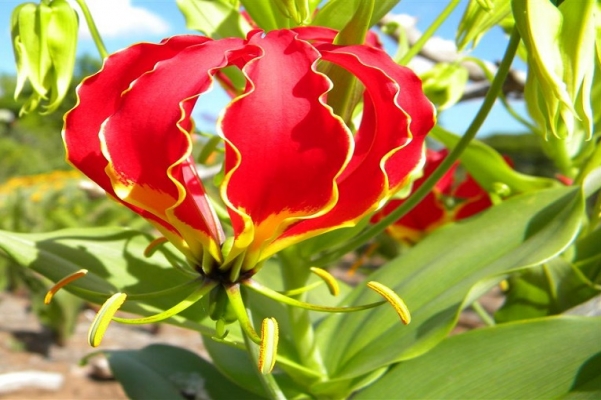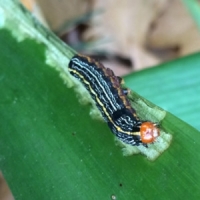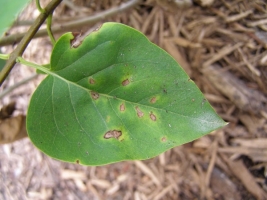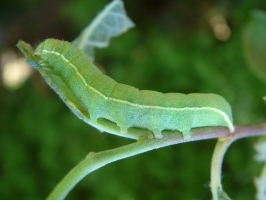General Information
Kalihari is also known as Gloriosa superba. It is a perennial herb and can be grown as climber. Its underground tubers, leaves, seeds and roots are used for preparing various drugs. Drugs prepared from kalihari are used for the treatment of rheumatism, anthelmintic, antipatriotic and induce polyploidy. Various tonics and syrups are made from the Kalihari plant. The average height of plant is 3.5-6m. The leaves are 6-8inch long and are sessile. Flowers are green in color and fruits are 2 inches long. The seeds are numerous and are compressed. Africa, Asia, USA and Sri Lanka are major crop growing countries. Tamil Nadu and Karnataka are major Kalihari growing states in India.























